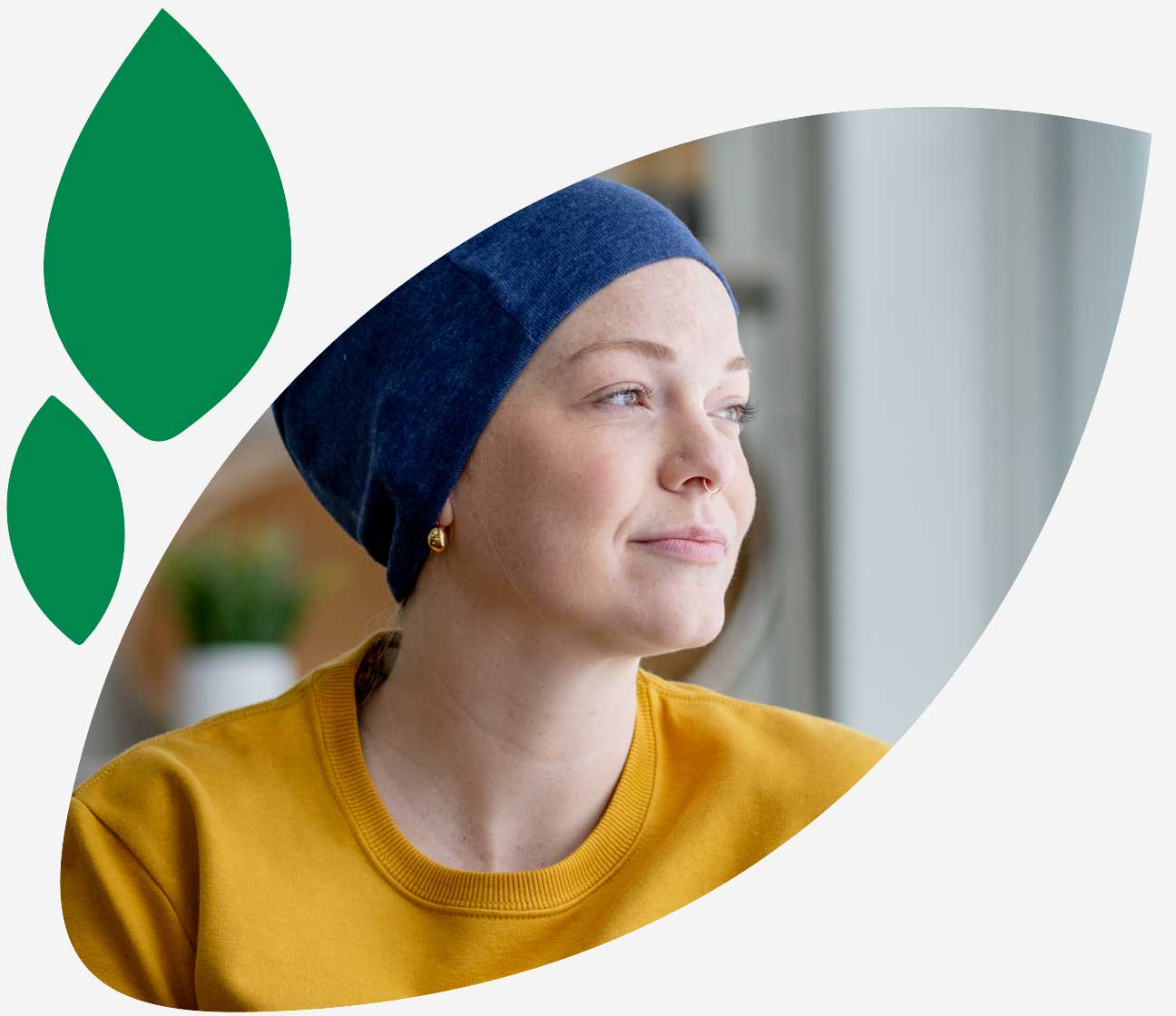Shop for Plans
Shop for your own coverage
- Medical
- Dental
- Other Supplemental
Plans through your employer
- Learn about the medical, dental, pharmacy, behavioral, and voluntary benefits your employer may offer.
- Explore coverage through work
Learn
- How to Buy Health Insurance
- Types of Dental Insurance
- Open Enrollment vs. Special Enrollment
- See all topics
Looking for Medicare coverage?
- Shop for Medicare plans
Shop for Plans
Shop for Plans
Your plan, on demand
myCigna is the go-to resource for your personalized programs, details of your coverages and claims, and 24/7 on-demand care and assistance. With the mobile app, your plan goes everywhere you go. Log in today.
Welcome to Cigna Healthcare
We offer a wide range of insurance plans and products that focus on all aspects of your well-being—physical and emotional.
Log in to your myCigna account
Shop our plans
Are you buying coverage on your own?
Activate your myCigna account for access to all plan details and live, 24/7 support.1
We've updated our Terms of Use.
View Terms of Use24/7 Access to Your Plan
If you have a Cigna HealthcareSM plan, please sign up now for myCigna®. Get 24/7 access to your digital ID cards, online doctor visits, your claims, coverages, and all details of your plan. Activate your account now
Get an Online Doctor Visit, Anytime, Anywhere
Talk to board-certified doctors 24/7, by phone or video, for dozens of common health issues. Connect in minutes. Prescriptions available if needed. Log in to myCigna to connect
Manage your plan on myCigna:
Also Popular
Solutions for your ever-changing health needs
From childhood to adulthood through retirement, we're by your side through every stage of life, with comprehensive services and coverage to meet your changing needs.
Solutions for your ever-changing health needs
Your health care needs change over the course of your lifetime. When they do, we've got you covered.
Planning for the Unexpected
Supplemental insurance policies offer additional coverage and cash benefits when you need it most.
- Coverage for cancer, hospitalization, stroke and heart attack, accidents, and life insurance
- Cash benefits to use however you'd like2
- Typically come with budget-friendly monthly premiums
- Buy anytime, 24/7/365
Planning for the Unexpected
Supplemental insurance policies offer additional coverage and cash benefits when you need it most.
- Coverage for cancer, hospitalization, stroke and heart attack, accidents, and life insurance
- Cash benefits to use however you'd like2
- Typically come with budget-friendly monthly premiums
- Buy anytime, 24/7/365
Turning 65?
We can help you navigate your new world of Medicare.
- Flexible coverage options
- Plenty of no-cost perks
- 24/7 member support
Turning 65?
We can help you navigate your new world of Medicare.
- Flexible coverage options
- Plenty of no-cost perks
- 24/7 member support
Dental Care, Covered
Oral health affects all your health, both physical and mental.
- Dental coverage to fit a range of needs
- Plan options that bundle vision and hearing, too
- Coverage costs pennies a day
- Shop online anytime, 24/7/365
Dental Care, Covered
Oral health affects all your health, both physical and mental.
- Dental coverage to fit a range of needs
- Plan options that bundle vision and hearing, too
- Coverage costs pennies a day
- Shop online anytime, 24/7/365
Buying Medical Coverage On Your Own?
Cigna Healthcare offers quality plan options, personalized support, and low costs.
- Plans offer virtual care starting at $03 and come with $0 preventive care4
- Financial assistance available, if you qualify
- Additional coverage for diabetes and asthma/COPD, if needed
- Available for shopping during Open Enrollment (Nov 1-Dec 15, in most states)
Buying Medical Coverage On Your Own?
Cigna HealthcareSM offers quality plan options, personalized support, and low costs.
- Plans come with $0 virtual care3 and $0 preventive care4
- Financial assistance available, if you qualify
- Additional coverage for diabetes and asthma/COPD, if needed
- Available for shopping during Open Enrollment (Nov 1-Dec 15, in most states)
Getting Coverage Through Work?
If your employer is offering you Cigna Healthcare coverage, we can help you make an informed decision.
- Highlights of our plans and coverages
- Perks of all Cigna Healthcare medical plans
- Tools to look up in-network doctors and covered prescription drugs
- Additional coverage you can buy on your own
Getting Coverage Through Work?
If your employer is offering you Cigna Healthcare coverage, we can help you make an informed decision.
- Highlights of our plans and coverages
- Perks of all Cigna Healthcare medical plans
- Tools to look up in-network doctors and covered prescription drugs
- Additional coverage you can buy on your own
Important Pharmacy Benefits Update
If you are a Cigna Healthcare customer with Pharmacy benefits, you may be able to get an emergency refill on your medication(s) if it was lost or damaged due to a recent natural disaster.
Our commitment to diversity, equity, and inclusion
Coronavirus (COVID-19) Resource Center
Also Popular
Important Pharmacy Benefits Update
If you are a Cigna Healthcare customer with Pharmacy benefits, you may be able to get an emergency refill on your medication(s) if it was lost or damaged due to a recent natural disaster.
Offered by Cigna Health and Life Insurance Company or its affiliates.
In Utah, plans are offered by Cigna Health and Life Insurance Company.
Supplemental policies insured by Loyal American Life Insurance Company.
1Customers under age 13 (and/or their parent/guardian) will not be able to register at myCigna.com.
2View Supplemental State Policy Disclosures, Exclusions, Limitations, and Reductions
3$0 virtual care (no cost share) for eligible preventive care and Dedicated Virtual Urgent Care for minor acute medical conditions. Not available for all plans. HSA plans and non-minor acute medical care may apply a copay, coinsurance or deductible. Cigna Healthcare provides access to Dedicated Virtual Care through a national telehealth provider, MDLive located on myCigna, as part of your health plan. Providers are solely responsible for any treatment provided to their patients.
4Availability of $0 preventive care (no cost share) by plan may vary. Includes eligible in-network preventive care services. Some preventive care services may not be covered, including most immunizations for travel. Reference plan documents for a list of covered and non-covered preventive care services.
Product availability may vary by location and plan type and is subject to change. All insurance policies and health benefit plans contain exclusions and limitations. For costs and details of coverage, review your plan documents or contact a Cigna Healthcare representative.
Cigna Healthcare products and services are provided exclusively by or through operating subsidiaries of The Cigna GroupSM, including Cigna Health and Life Insurance Company (Bloomfield, CT) (CHLIC), Loyal American Life Insurance Company (Cleveland, OH), and HMO or service company subsidiaries of Cigna Health Corporation, including Cigna HealthCare of Arizona, Inc., Cigna HealthCare of Georgia, Inc., Cigna HealthCare of Illinois, Inc., Cigna HealthCare of North Carolina, Inc., Cigna HealthCare of South Carolina, Inc., and Cigna HealthCare of Texas, Inc. In Utah, all products and services are provided by Cigna Health and Life Insurance Company (Bloomfield, CT).
POLICIES PAY LIMITED BENEFITS ONLY. THEY ARE NOT COMPREHENSIVE HEALTH INSURANCE COVERAGE AND DO NOT COVER ALL MEDICAL EXPENSES. THIS COVERAGE DOES NOT SATISFY THE “MINIMIUM ESSENTIAL COVERAGE” OR INDIVIDUAL MANDATE REQUIREMENTS OF THE AFFORDABLE CARE ACT (ACA). THIS COVERAGE IS NOT MEDICAID OR MEDICARE SUPPLEMENT INSURANCE.
This is a solicitation for insurance. An insurance agent/producer may contact you. Product availability varies by state. These policies contain exclusions, limitations, reduction of benefits and terms under which the policies may be continued in force or discontinued. For cost and complete details of coverage, contact your insurance agent/producer or the company.
This page is not intended for use in AZ, CA, GA, ID, NM, NV, OH, OK, OR, WA, WV, and WY.
Offered by Cigna Health and Life Insurance Company or its affiliates.
In Utah, plans are offered by Cigna Health and Life Insurance Company.
Supplemental policies insured by Loyal American Life Insurance Company.
1Customers under age 13 (and/or their parent/guardian) will not be able to register at myCigna.com.
2View Supplemental State Policy Disclosures, Exclusions, Limitations, and Reductions
3$0 virtual care (no cost share) for eligible preventive care and Dedicated Virtual Urgent Care for minor acute medical conditions. Not available for all plans. HSA plans and non-minor acute medical care may apply a copay, coinsurance or deductible. Cigna Healthcare provides access to Dedicated Virtual Care through a national telehealth provider, MDLive located on myCigna, as part of your health plan. Providers are solely responsible for any treatment provided to their patients.
4Availability of $0 preventive care (no cost share) by plan may vary. Includes eligible in-network preventive care services. Some preventive care services may not be covered, including most immunizations for travel. Reference plan documents for a list of covered and non-covered preventive care services.
Product availability may vary by location and plan type and is subject to change. All insurance policies and health benefit plans contain exclusions and limitations. For costs and details of coverage, review your plan documents or contact a Cigna Healthcare representative.
Cigna Healthcare products and services are provided exclusively by or through operating subsidiaries of The Cigna GroupSM, including Cigna Health and Life Insurance Company (Bloomfield, CT) (CHLIC), Loyal American Life Insurance Company (Cleveland, OH), and HMO or service company subsidiaries of Cigna Health Corporation, including Cigna HealthCare of Arizona, Inc., Cigna HealthCare of Georgia, Inc., Cigna HealthCare of Illinois, Inc., Cigna HealthCare of North Carolina, Inc., Cigna HealthCare of South Carolina, Inc., and Cigna HealthCare of Texas, Inc. In Utah, all products and services are provided by Cigna Health and Life Insurance Company (Bloomfield, CT).
POLICIES PAY LIMITED BENEFITS ONLY. THEY ARE NOT COMPREHENSIVE HEALTH INSURANCE COVERAGE AND DO NOT COVER ALL MEDICAL EXPENSES. THIS COVERAGE DOES NOT SATISFY THE “MINIMIUM ESSENTIAL COVERAGE” OR INDIVIDUAL MANDATE REQUIREMENTS OF THE AFFORDABLE CARE ACT (ACA). THIS COVERAGE IS NOT MEDICAID OR MEDICARE SUPPLEMENT INSURANCE.
This is a solicitation for insurance. An insurance agent/producer may contact you. Product availability varies by state. These policies contain exclusions, limitations, reduction of benefits and terms under which the policies may be continued in force or discontinued. For cost and complete details of coverage, contact your insurance agent/producer or the company.
This page is not intended for use in AZ, CA, GA, ID, NM, NV, OH, OK, OR, WA, WV, and WY.
Shop and Compare Plans
Choose from the following types of plans and coverages
Medicare Coverage
Medical Plans
Dental Plans
Supplemental Health Insurance Plans
Plans Through Employer
Learn about the medical, dental, pharmacy, behavioral, and supplemental health benefits your employer may offer.
I want to...
Audiences
Secure Member Sites
The Cigna Group Information
Disclaimer
Individual and family medical and dental insurance plans are insured by Cigna Health and Life Insurance Company (CHLIC), Cigna HealthCare of Arizona, Inc., Cigna HealthCare of Illinois, Inc., Cigna HealthCare of Georgia, Inc., Cigna HealthCare of North Carolina, Inc., Cigna HealthCare of South Carolina, Inc., and Cigna HealthCare of Texas, Inc. Group health insurance and health benefit plans are insured or administered by CHLIC, Connecticut General Life Insurance Company (CGLIC), or their affiliates (see a listing of the legal entities that insure or administer group HMO, dental HMO, and other products or services in your state). Accidental Injury, Critical Illness, and Hospital Care plans or insurance policies are distributed exclusively by or through operating subsidiaries of The Cigna Group Corporation, are administered by Cigna Health and Life Insurance Company, and are insured by either (i) Cigna Health and Life Insurance Company (Bloomfield, CT). The Cigna Healthcare name, logo, and other Cigna Healthcare marks are owned by The Cigna Group Intellectual Property, Inc.
All insurance policies and group benefit plans contain exclusions and limitations. For availability, costs and complete details of coverage, contact a licensed agent or Cigna Healthcare sales representative. This website is not intended for residents of Arizona and New Mexico.








